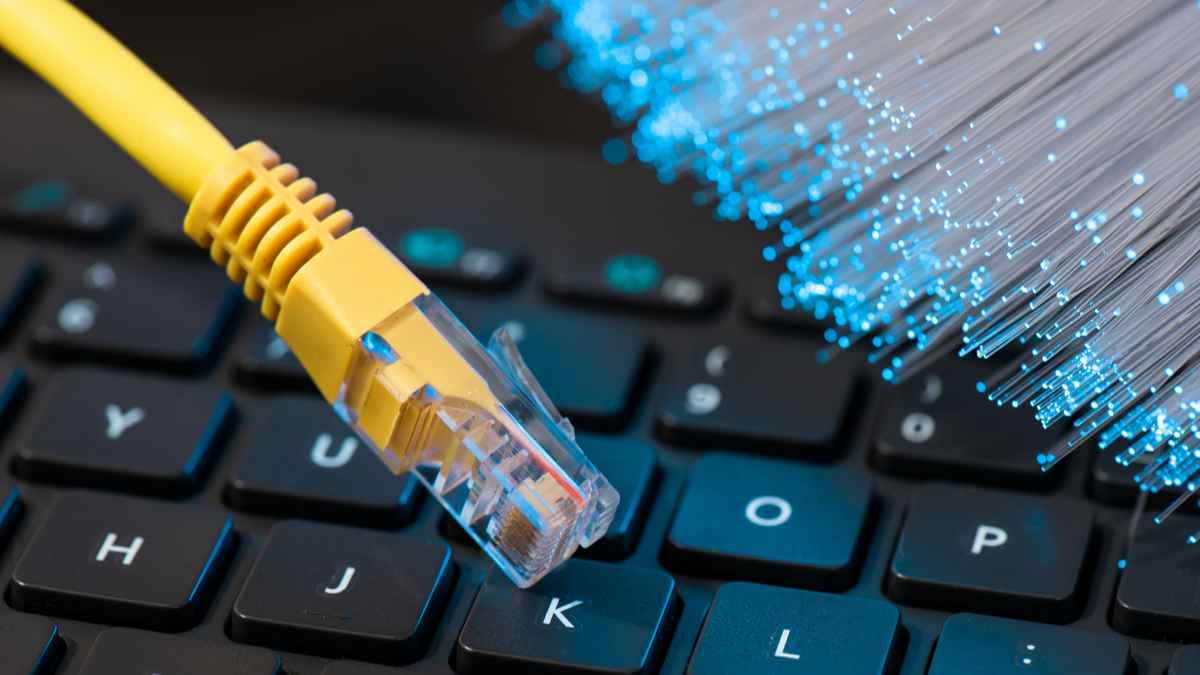Introduction
Handling optical fibers and their connections requires extreme precision, as even small mistakes can lead to performance issues or costly repairs. As fiber optic networks become increasingly vital for high-speed communication, understanding the risks involved in their installation and maintenance is crucial. In fact, over 80% of network issues in fiber optics are caused by poor handling, installation, or maintenance practices. Let’s explore some common pitfalls and their impacts.
1. Physical Damage to Fiber
One of the most common problems during fiber optic handling is physical damage to the fiber itself. Here are some key issues:
- Bending: Optical fibers are highly sensitive to bending. According to research, bending fibers beyond their minimum bend radius can cause signal attenuation of up to 1 dB per meter. Excessive bending can cause fiber fractures, significantly impacting data transmission quality.
- Crushing or Pinching: Studies show that crushing or pinching a fiber optic cable can lead to a 30%-40% loss in signal strength due to permanent damage to the fiber core. This can be especially problematic in high-density installations where fibers are tightly packed.
2. Contamination of Fiber Connectors
Cleanliness is critical when handling optical fibers. Any contamination—such as dust, oil, or fingerprints—can degrade the performance of the fiber connections. This can result in:
- Increased Losses: Contamination can increase insertion loss by as much as 0.5 dB per connector. A study by the Fiber Optic Association (FOA) found that 70% of fiber optic performance issues are caused by dirty connectors.
- Connector Damage: Some contaminants can cause physical wear to the connector, which may damage its surface and lead to poor contact or complete connection failure.
3. Misalignment During Splicing
Splicing fibers is a delicate process that involves joining two optical fibers to create a continuous light path. Misalignment can cause several issues:
- Loss of Signal Strength: If the fibers are misaligned, the splice loss can reach up to 0.3-0.5 dB, and this loss increases with the amount of misalignment. Perfectly aligned fibers reduce splice loss to less than 0.1 dB.
- Excessive Reflection: Even slight misalignments can cause back-reflection, which in some cases can lead to signal degradation up to 5%. This is particularly troublesome in high-speed networks where even minor reflections can interfere with performance.
4. Incorrect Fiber Termination
Improper termination of fiber optic cables can lead to a host of problems:
- Inconsistent Performance: A poorly terminated fiber connection can have a high insertion loss, often as much as 2 dB, leading to weak or inconsistent signal transmission.
- Termination Failure: Incorrect preparation of the fiber—such as using the wrong tools or not stripping the fiber at the right length—can lead to 100% termination failure in some cases.
5. Stress and Environmental Factors
Environmental conditions and stress can have a significant impact on fiber optic performance:
- Temperature Fluctuations: According to studies, fiber optic cables can experience a 2% reduction in performance for every 10°C shift in temperature. This can lead to potential failures in environments with large temperature swings.
- Moisture and Corrosion: Exposure to moisture can reduce fiber optic cable life by up to 50%, especially in outdoor or industrial installations. Corrosion on connectors can increase insertion loss by 0.3 dB, while corrosion on fibers can result in complete signal loss.
6. Faulty Equipment or Tools
The quality of the tools and equipment used in fiber optic handling can make a big difference:
- Improper Cleaving Tools: The cleaving process is critical, and studies show that cleaving defects can cause signal loss of up to 0.3 dB. Using high-quality cleavers can reduce this loss to less than 0.1 dB.
- Incorrect Test Equipment: Faulty or uncalibrated testing tools can lead to inaccurate loss measurements. A report by the FOA indicated that nearly 25% of technicians experienced test equipment errors that delayed fault detection in fiber networks.
7. Inadequate Training and Expertise
Perhaps one of the most critical factors is the skill level of the technician. Inadequate training can lead to:
- Avoidable Mistakes: A survey by the FOA found that over 60% of fiber optic issues are the result of operator error, often due to inadequate training or lack of experience.
- Inconsistent Results: Without a consistent method for handling, installing, and testing optical fiber, you run the risk of introducing variability. A poorly trained technician could introduce 0.5-1.0 dB of extra loss into the system, which might degrade network performance.
Conclusion
While optical fiber networks offer tremendous advantages in terms of speed and reliability, they require careful handling and proper techniques to avoid common pitfalls. According to industry estimates, 75% of fiber optic system failures are preventable with proper training and equipment. By understanding the potential risks—from physical damage to environmental factors—and taking proactive steps to ensure proper installation, testing, and maintenance, you can minimize errors and ensure the long-term success of fiber optic connections.











